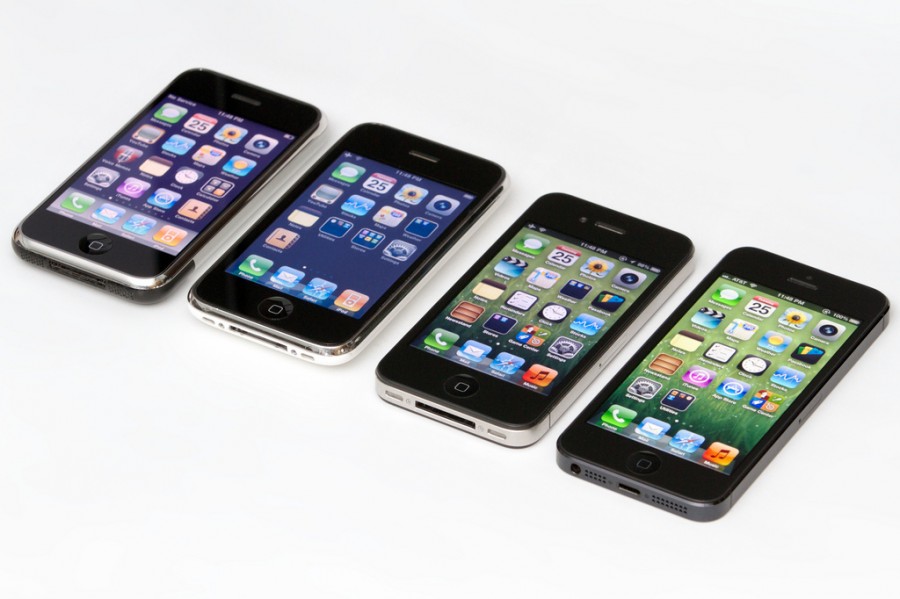Evolution of the iPhone
iPhone evolution
Eight years ago the first iPhone was released. Since then, every year around September a new version is unveiled. In 2013 the 5s and 5c were released, in 2014 the iPhone 6 and 6 Plus were released, and this September the iPhone 6s and 6 Plus were released. The iPhone 6s and 6s Plus come with many new advancements and changes.
The most noticeable difference in the new iPhone model is the 3D touch capability. 3D touch allows users to do things on their iPhones faster and easier as the phone senses how much pressure is applied to the screen. It introduces a new feature called “peek and pop” which allows you to preview an app without actually opening it up. Another feature is “press and swipe”, which allows users to delete emails by swiping left and mark emails as unread by swiping up. There is pressure sensitive drawing in notes and faster multitasking between apps by pressing the left side of the home screen. Aside from 3D touch there are camera advancements, new hardware, aerospace-grade aluminum, and sturdier glass. A new rose gold color is also being offered.
In 2010 when the iPhone 4 was released, the big update was the addition of video chat, which is now known as FaceTime. 2011 saw the unveiling of the iPhone 4s which looked exactly like the iPhone 4 but was “all new on the inside”, according to an Apple executive. The iPhone 5 hit the streets in 2012 with a screen that was 4 inches longer than the previous models. It was taller, thinner, and lighter than its predecessors. 2013 saw the release of the 5s and 5c. The 5c introduced different colors to the iPhone world for the first time and the 5s introduced Touch ID which allowed users to unlock their iPhone using their fingerprint. Last year the 6 and 6 Plus were released. The 6 was longer and thinner than the 5s and the screen of the 6 Plus was even longer.

Isabel Brownlee • Dec 23, 2015 at 9:21 am
I have never read a newsletter sent out by Apple and probably never will but this was the best way to get the important information- Via Sam.
Gabriel Benhaim-Killian • Nov 6, 2015 at 9:43 pm
It is interesting to see what the new fad is. In the early 2000’s everyone wanted a small phone because phones used to be huge and bulky. Now people want bigger and bigger phones, which I believe is because people use phones for everything from emails to watching Netflix. And a lot of people can’t see small text, so as phones got bigger, more people were able to see. Therefore more people wanted to buy the products. Overall I just think that it is cool that cell phones went from big, to small, to big.